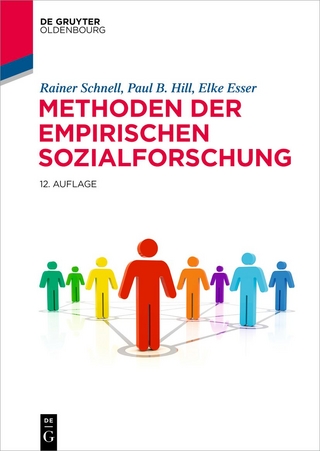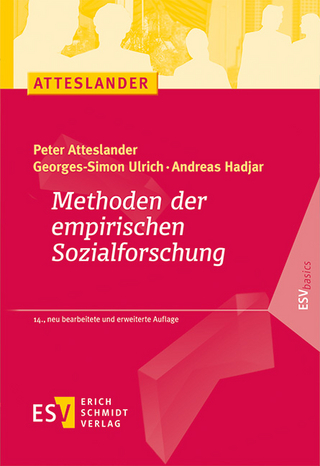Valuing Environmental Amenities Using Stated Choice Studies
Springer-Verlag New York Inc.
978-1-4020-4064-1 (ISBN)
Contributing Authors.- Preface.- Acknowledgments.- 1. Getting Started, Carol Mansfield and Subhrendu Pattanayak.- 2. Survey Methodologies for Stated-Choice Studies, Patricia A. Champ and Michael P. Welsh.- 3. Supporting Questions in Stated-Choice Studies, Alan Krupnick and W. Vic Adamowicz.- 4. Making Choice Studies Incentive Compatible, Glenn Harrison.- 5. How and How Much? The Role of Information in Stated-Choice Questionnaires, Kristy E. Mathews, Miranda L. Freeman and William H. Desvousges.- 6. Attribute Processing in Choice Experiments and Implications on Willingness to Pay, David A. Hensher.- 7. Experimental Design for Stated-Choice Studies, F. Reed Johnson, Barbara Kanninen and Matthew Bingham.- 8. Basic Statistical Models for Stated-Choice Studies, Anna Alberini, Alberto Longo and Marcella Veronesi.- 9. Advanced Choice Models, Joffre Swait.- 10. Computer Software to Estimate Choice Models, Daniel Hellerstein.- 11. Judging Quality, V. Kerry Smith.- Index.
| Reihe/Serie | The Economics of Non-Market Goods and Resources ; 8 |
|---|---|
| Zusatzinfo | XIII, 337 p. |
| Verlagsort | New York, NY |
| Sprache | englisch |
| Maße | 155 x 235 mm |
| Themenwelt | Sozialwissenschaften ► Soziologie ► Empirische Sozialforschung |
| Technik ► Umwelttechnik / Biotechnologie | |
| Wirtschaft ► Volkswirtschaftslehre ► Ökonometrie | |
| ISBN-10 | 1-4020-4064-4 / 1402040644 |
| ISBN-13 | 978-1-4020-4064-1 / 9781402040641 |
| Zustand | Neuware |
| Haben Sie eine Frage zum Produkt? |
aus dem Bereich




